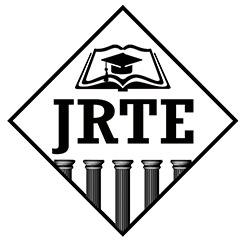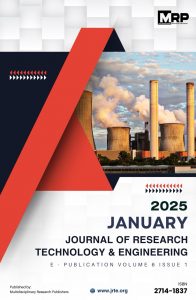Downloads
In recent years, in science and technology, the idea of controlling sound transmission in buildings has shifted from focusing on individual assemblies such as walls, floors and glass. We live in a noisy world where we are constantly exposed to different kinds of noise, ranging from low to high frequencies. Prolonged exposure to such noises harms the hearing capabilities as well as causing psychological harm to individuals. The International Standard Organization (ISO) has published a calculation procedure, ISO 717-1 and ISO 16283-1, which calculates the expected sound transmission and absorption areas between two adjacent rooms in buildings. This project follows this. The purpose of sound insulation is to reduce noise transmission between adjacent dwellings or rooms and units and between dwellings or units and other areas within the same building. Besides, the absorption coefficient was determined for several materials. The background noise in the receiving room was also measured. The average sound pressure level with the sound sources, generating the sound field in the rooms was measured by Bruel and Kjaer sound level meter accompanied by an ominidirectional microphone. The reverberation time was also measured, and the time taken for the peak signal to drop to 30 dB value was regarded according to standard. Sound reduction or the transmission loss was expressed as the difference between average sound pressure levels in the source and receiving rooms plus a term depending on the equivalent absorption area (A). The absorption area was calculated to find the absorption coefficient. The model approach for the primary measurements of building acoustic materials confirmed the significance of such coefficients. According to the results obtained, the wall, wood, and concrete’s calculated absorption coefficients were 0.084, 0.03, and 0.0504 within the acceptable limits of standard values (0.06, 0.04 and 0.02). However, the calculated absorption coefficients of tile and glass show a significant variation with the standard values. This new approach would help understand the factors that affect sound transmission within buildings and help reduce unwanted noise.
Written by JRTE
ISSN
2714-1837
| M | T | W | T | F | S | S |
|---|---|---|---|---|---|---|
| 1 | 2 | 3 | ||||
| 4 | 5 | 6 | 7 | 8 | 9 | 10 |
| 11 | 12 | 13 | 14 | 15 | 16 | 17 |
| 18 | 19 | 20 | 21 | 22 | 23 | 24 |
| 25 | 26 | 27 | 28 | 29 | 30 | 31 |
Our Visitors






 Users Today : 15
Users Today : 15 Total Users : 28632
Total Users : 28632 Views Today : 32
Views Today : 32 Total views : 81393
Total views : 81393 Who's Online : 0
Who's Online : 0 Your IP Address : 18.191.178.88
Your IP Address : 18.191.178.88

